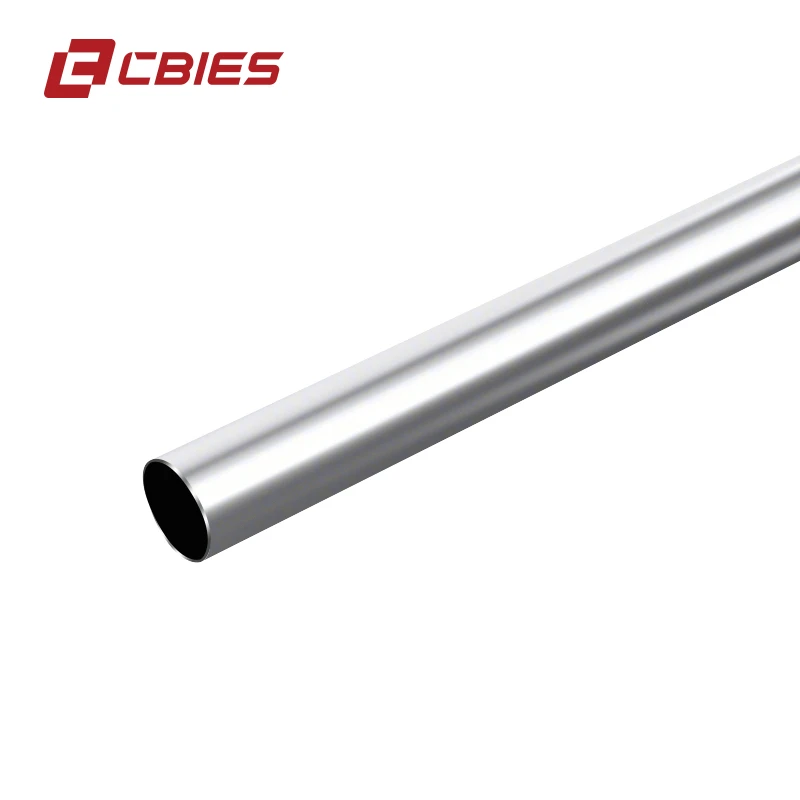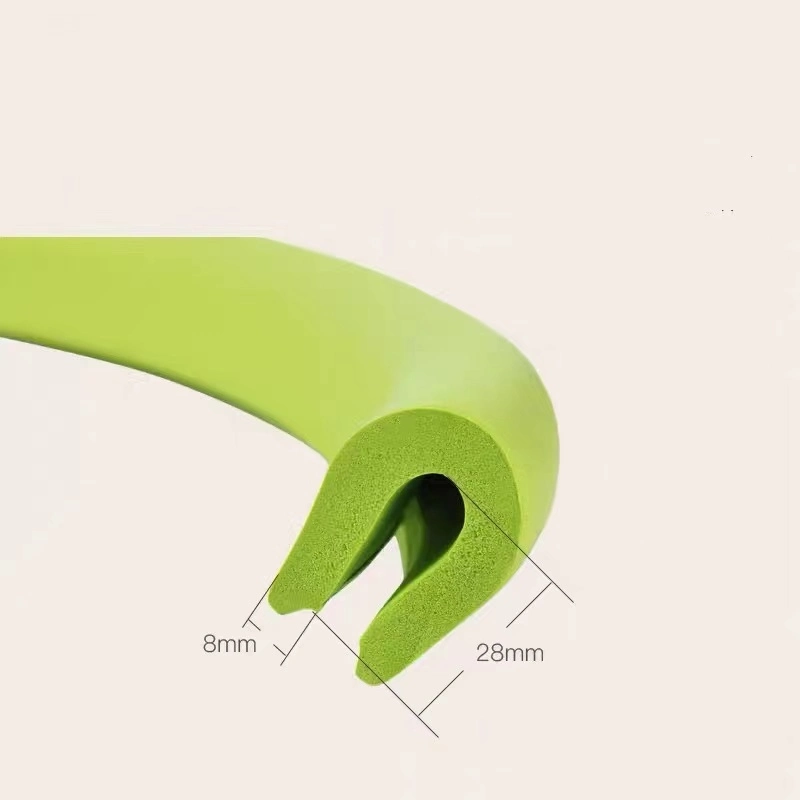welding 14 gauge square tubing
2 月 . 15, 2025 02:45

Welding 14 gauge square tubing is a skill that demands precision and expertise, especially when structural integrity and aesthetic appeal are at stake. This comprehensive guide will provide insights into the techniques, tools, and tips for welding 14 gauge square tubing efficiently and effectively.

Understanding the Material
14 gauge square tubing, commonly made of steel or stainless steel, has a thickness of approximately 0.0781 inches. Its thickness makes it suitable for various applications, including frameworks, furniture, and construction. Due to its thin walls, welding this material requires a delicate approach to prevent warping, burn-through, or any compromise in strength.
Choosing the Right Welding Method
Among various welding techniques, Gas Tungsten Arc Welding (GTAW or TIG) and Gas Metal Arc Welding (GMAW or MIG) are recommended for 14 gauge square tubing. TIG welding is ideal for thin materials as it provides precise control and clean results. It requires more skill but offers superior aesthetic finishes with its ability to conduct fine welds. MIG welding, on the other hand, is faster and simpler, making it suitable for beginners. Using the right shielding gas, such as 75% argon and 25% CO2, increases weld quality by reducing spatter and improving arc stability.

Preparation is Key
The success of welding thin gauge tubing relies heavily on preparation. Begin by ensuring that the edges of the square tubing are clean and free from oxidation or contaminants, which can hinder the welding process. Use an angle grinder with a flap disc to clean the surface thoroughly. Proper alignment and clamping of the pieces are equally crucial to prevent movement during welding, maintaining the geometry and minimizing distortion.
Mastering the Technique
When welding 14 gauge square tubing, maintaining a consistent speed and distance is essential. A slower speed can lead to burn-through while too fast may cause weak penetration. Practice weaving patterns to distribute heat evenly, and consider using a pulse function if your equipment allows it. This technique controls the heat input and minimizes the risk of overheating the metal.
welding 14 gauge square tubing
Managing Heat Input
Managing heat is critical when working with thin gauge materials. Employ a lower amperage setting to avoid overheating. If using TIG welding, a foot pedal control can be beneficial to adjust the heat dynamically. For MIG welding, fine-tune the wire feed speed in correlation with the chosen voltage to control the heat output effectively.
Quality Checks and Finishing
Upon completion, inspect welds for uniformity and strength. Look for signs of undercutting, porosity, or cold lap, which indicate insufficient fusion. Correct any defects before proceeding to the finishing steps. Grinding and filing can be used to smooth out the welds, giving it a polished and professional look, especially important for visible structures.
Trustworthiness and Safety
It is imperative to prioritize safety when welding 14 gauge square tubing. Ensure you use appropriate personal protective equipment (PPE), including gloves, helmets with proper filters, and protective clothing to shield from UV rays and molten sparks. Regularly inspect your welding equipment for maintenance issues to avoid accidents.
Practical Experience Tips
Expert welders recommend practicing on scrap pieces of the same material before attempting your actual project. Doing so helps refine your technique and adjust settings to suit the thickness and type of tubing. Networking with other professionals on forums can also increase expertise, offering solutions and techniques that may be unorthodox but highly effective in specific scenarios.
By following these guidelines, you can achieve high-quality welds on 14 gauge square tubing that stand the test of time, enhancing the integrity and visual appeal of your projects. Whether you’re constructing a new framework or repairing existing structures, mastering these welding techniques will significantly improve your craftsmanship and reliability in the field.


